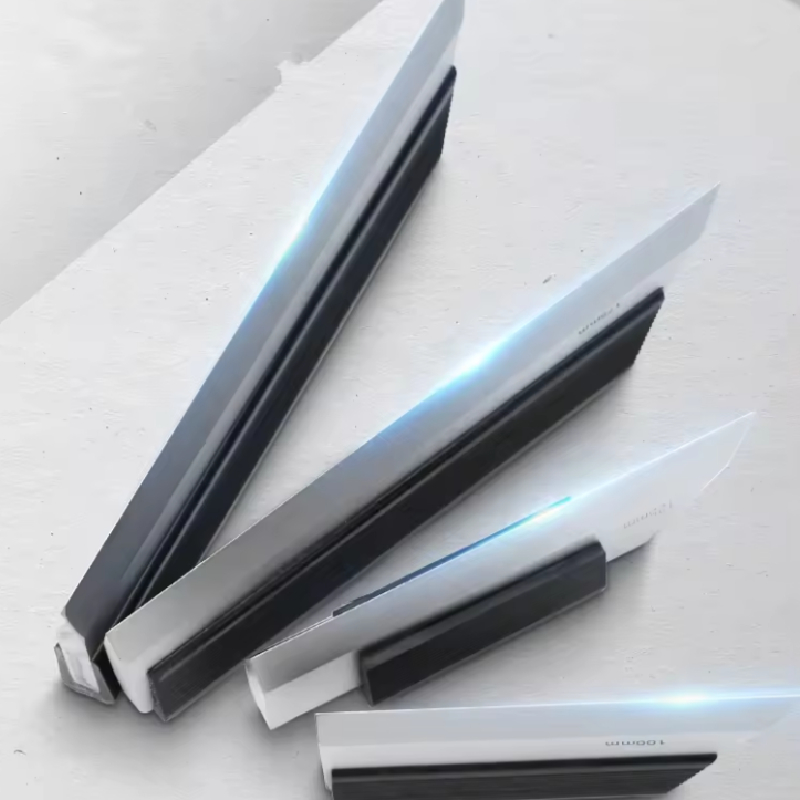ستمبر . 19, 2024 05:28 Back to list
vibration pad material
Understanding Vibration Pad Material A Key to Effective Vibration Control
Vibration control is an essential aspect of engineering and design, particularly for industries that rely on heavy machinery, precise instrumentation, or sensitive electronic devices. One of the most effective solutions for managing vibrations in these contexts is the use of vibration pads. These pads are crafted from various materials, each offering unique properties that influence their effectiveness in mitigating vibrations.
Vibration pads, also known as anti-vibration pads, are designed to absorb and isolate vibrations generated from machinery, equipment, or foot traffic. The primary goal of these pads is to reduce the transfer of vibrations to surrounding structures and the environment. This is crucial not only for protecting sensitive equipment but also for ensuring the safety and comfort of people in the vicinity.
When it comes to vibration pad materials, several options are available, each with distinct characteristics. Rubber is one of the most commonly used materials due to its excellent elasticity, durability, and resistance to wear and tear. Rubber vibration pads can effectively dampen vibrations, providing a cushioned surface that protects both machinery and the floor beneath. They are particularly suitable for industrial applications, such as on factory floors or underneath heavy machinery.
vibration pad material

Another widely used material is neoprene, a synthetic rubber that offers enhanced chemical and temperature resistance. Neoprene pads are ideal for environments where exposure to oils, solvents, or extreme temperatures is a concern. Additionally, they provide good vibration isolation properties, making them a popular choice for applications in automotive, aerospace, and marine industries.
Foam-based vibration pads are also gaining popularity, particularly in applications requiring lightweight yet effective vibration control. These pads are typically made from polyurethane or polyethylene foams, which can absorb and dissipate vibrations effectively. They are often used in residential settings, such as under washing machines or air conditioning units, to reduce noise and protect floors.
Metal vibration pads, usually made from steel or aluminum, are another option. While they are not as effective at absorbing vibrations as rubber or foam, they can be beneficial in applications requiring added structural support. These pads can be used in conjunction with softer materials to create hybrid systems that combine the strength of metal with the cushioning effect of rubber or foam.
In summary, the choice of vibration pad material is crucial in addressing specific vibration control needs. Understanding the properties of each material helps engineers and designers select the most appropriate solution for their applications. By effectively managing vibrations, vibration pads not only prolong the lifespan of equipment but also enhance the safety and comfort of structures and the people within them. As technology continues to advance, the development of new materials and designs promises to further improve the efficiency of vibration control solutions across various industries.
-
Precision Manufacturing with Advanced Spline Gauge DesignNewsJul.31,2025
-
Industrial-Grade Calibrated Pin Gauges for Exact MeasurementsNewsJul.31,2025
-
Industrial Filtration Systems Depend on Quality Filter DN50 SolutionsNewsJul.31,2025
-
High-Performance Gate Valve WholesaleNewsJul.31,2025
-
Granite Surface Plate The Ultimate Solution for Precision MeasurementNewsJul.31,2025
-
Granite Industrial Tools The Ultimate Guide for Bulk BuyersNewsJul.31,2025
Related PRODUCTS









